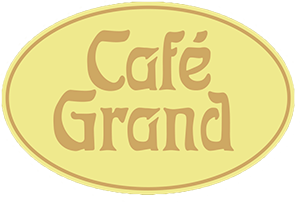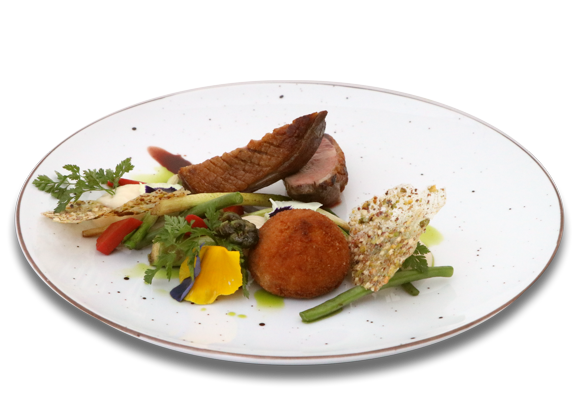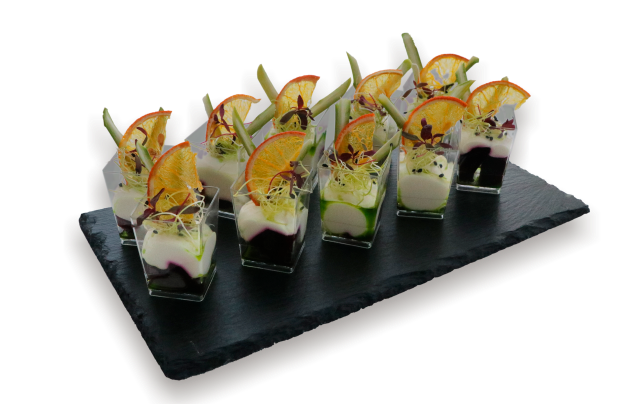THE OLDEST CAFÉ IN PÄRNU
You are cordially invited to our cosy café-restaurant overlooking Koidula Park in central Pärnu.
The Café Grand awaits you with the 1930s elegance: come in for a meal, sip a cup of a tea or coffee or drop in for glass of dignified liquor, and enjoy the feel of the relaxed life of a seaside resort.
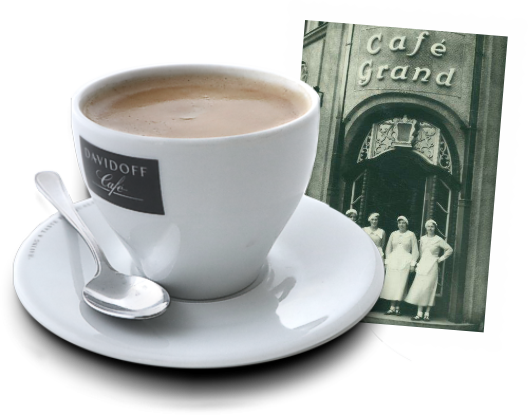

EVENTS
GRAPHICS EXHIBITION by Mark Kostabi
Pärnu Bubble Festival BUBBLEFEST 2026
The café-restaurant Café Grand is an up-to-date meeting place in the heart of Pärnu, and hosts many kinds of events and occasions in addition to fine dining.
PÄRNU WINE CLUB
Just like Pärnu's first wine bar in 1930, Pärnu Wine Club has found a home in the café-restaurant Café Grand. In addition to frequent social events from tastings to tours, Pärnu Wine Club is committed to promoting good food and beverages, celebrating quality, sourcing responsibly and making healthy choices.
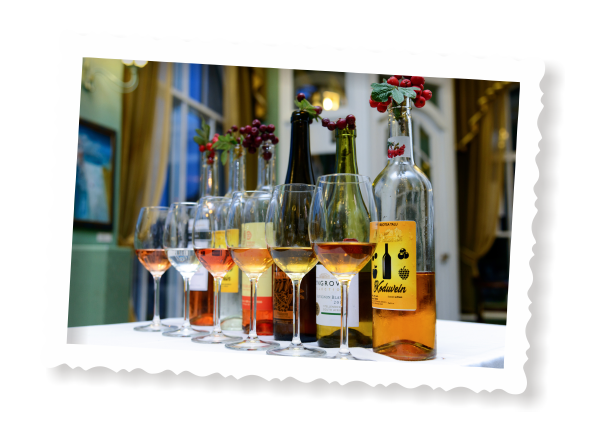
The oldest café in Pärnu
The street outside the cafe has lost its cobblestones. Trees in the park opposite have grown taller and wider, and almost obscure the statue of Lydia Koidula, the Estonian national poetess. Otherwise, the view has not changed much since 1934 when the Café Grand first opened to townsfolk and summer visitors to Pärnu, dubbed as the summer capital.
Story of the Café Grand and house
Local merchant Aleksander Adamson was a man with drive and broad business interests. In the early 1920s he commissioned two of the best architects in Pärnu – Erich von Wolffeldt and Aleksander Nürnberg to design him a three-storey department store. It opened for business in 1926 but unfortunately had to close because of bankruptcy only a year later. Built in the Heimatstil style on the edge of the old town this new premises changed hands and businesses several times but eventually, the upper floors were redesigned into a modern hotel while the downstairs space still had to wait for a good business idea. In 1934, Julius Herrnberger, a well-known café owner, opened a café on the ground floor under the name of Café Grand. Even though the café had different owners in the future, its image as a place to come for good food, interesting conversation, live music or an exciting event, such as candle-lit dinner, poetry and literature nights, was established.
Summer and seaside resort
Between the world wars Pärnu became an attractive destination for holidaymaking both for Estonians and visitors from abroad. Going to the sea, doing sports, getting suntanned on the beach, promenading in the evening, going to concerts and dances and visiting cafés became fashionable as well as affordable for many. In 1934, the Café Grand, too, had a trio for live music who played the latest hit songs from Estonia and abroad, or during their break, a Telefunken record player boosted the moods. People came to the café for a cake and coffee, or perhaps for something a bit stronger, some read newspapers or books, some played dominos. Photographers at the Lydia Koidula monument were busy taking happy snaps of smiling couples and families queuing to record their visit. Paul Keres, the future chess grand master, was still a schoolboy at the red-brick school right across the park. The carefree, friendly, welcoming atmosphere of those days of the summer resort seeped into the walls of the Café Grand. This atmosphere and aura were retained through the distress and hardships during the war and into the Soviet occupation. This still perceptible atmosphere accompanied people when the Café Grand became restaurant Võit (Victory). After re-independence, the original name was restored, albeit not immediately, and it is a café and restaurant today. The views from the tall windows are largely as they were some 90 years ago, Koidula’s monument is still standing proud in the park designed by the same architects who designed the building. The music is more modern, windows’ glass panes are without imperfections, furniture and interior design have changed but the atmosphere and feeling created back in the 30s still lingers.

